There was an interesting question on R-help:
"Take the numbers one up to 17. Can you write them out in a line so that every pair of numbers that are next to each other, adds up to give a square number?"
My solution is below and not particularly special. I'm curious about a more elegant and/or robust solution. Maybe a solution that can take an arbitrary string of numbers and order them like this if possible?
sq.test <- function(a, b) {
## test for number pairs that sum to squares.
sqrt(sum(a, b)) == floor(sqrt(sum(a, b)))
}
ok.pairs <- function(n, vec) {
## given n as a member of vec,
## which other members of vec satisfiy sq.test
vec <- vec[vec!=n]
vec[sapply(vec, sq.test, b=n)]
}
grow.seq <- function(y) {
## given a starting point (y) and a pairs list (pl)
## grow the squaring sequence.
ly <- length(y)
if(ly == y[1]) return(y)
## this line is the one that breaks down on other number sets...
y <- c(y, max(pl[[y[ly]]][!pl[[y[ly]]] %in% y]))
y <- grow.seq(y)
return(y)
}
## start vector
x <- 1:17
## get list of possible pairs
pl <- lapply(x, ok.pairs, vec=x)
## pick start at max since few combinations there.
y <- max(x)
grow.seq(y)
